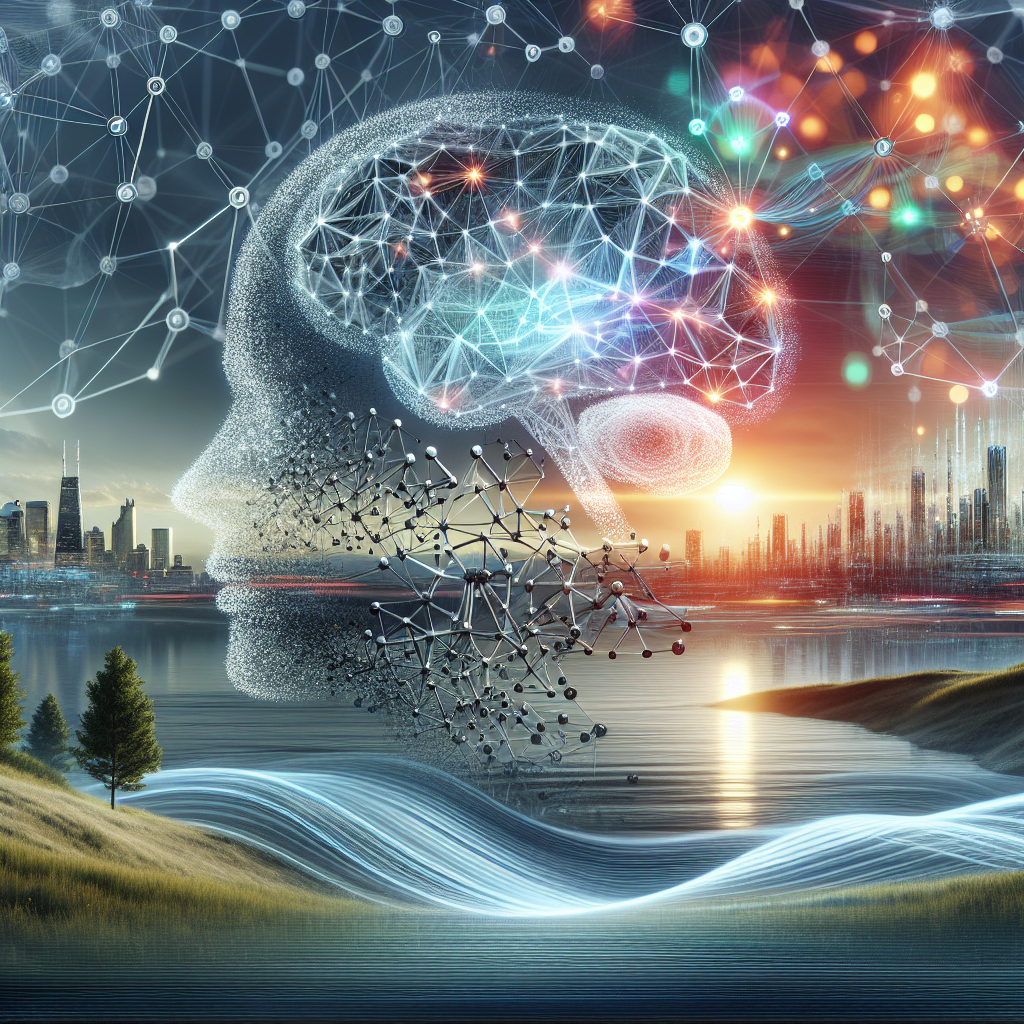AI-Driven Design Optimization for Adaptive Environments
In recent years, artificial intelligence (AI) has become an integral part of many industries, including design and architecture. AI-driven design optimization for adaptive environments is revolutionizing the way buildings and spaces are created and used. This technology is enabling architects and designers to create more efficient, sustainable, and user-friendly environments that can adapt to the changing needs of their occupants.
What is AI-Driven Design Optimization?
AI-driven design optimization is a process that uses machine learning algorithms and data analysis to optimize the design of buildings and spaces. By analyzing data on factors such as occupancy patterns, lighting, temperature, and air quality, AI can help designers create environments that are more comfortable, efficient, and sustainable.
One of the key benefits of AI-driven design optimization is its ability to adapt to changing conditions in real-time. For example, AI can adjust lighting and temperature levels based on occupancy patterns, or optimize airflow to improve air quality. This flexibility allows buildings to operate more efficiently and provide a better experience for their occupants.
How Does AI-Driven Design Optimization Work?
AI-driven design optimization works by collecting and analyzing data from sensors and other sources to identify patterns and trends. This data is then used to create predictive models that can optimize the design of buildings and spaces. These models can be used to make real-time adjustments to building systems, such as lighting, heating, and ventilation, to improve comfort and efficiency.
AI-driven design optimization can also help architects and designers explore new design possibilities that may not have been possible using traditional design methods. By analyzing vast amounts of data and simulating different design scenarios, AI can help designers create more innovative and sustainable environments.
What Are the Benefits of AI-Driven Design Optimization?
There are several benefits to using AI-driven design optimization for adaptive environments. Some of the key benefits include:
1. Improved Comfort: By analyzing data on factors such as lighting, temperature, and air quality, AI can help designers create environments that are more comfortable for their occupants. This can lead to higher levels of productivity and satisfaction among building users.
2. Energy Efficiency: AI-driven design optimization can help reduce energy consumption by optimizing building systems such as heating, cooling, and lighting. By making real-time adjustments based on occupancy patterns and other factors, buildings can operate more efficiently and reduce their environmental impact.
3. Flexibility: AI-driven design optimization allows buildings to adapt to changing conditions in real-time. This flexibility can help buildings operate more efficiently and provide a better experience for their occupants.
4. Sustainability: By optimizing building systems and reducing energy consumption, AI-driven design optimization can help create more sustainable environments. This can have a positive impact on the environment and help reduce the carbon footprint of buildings.
5. Innovation: AI-driven design optimization can help architects and designers explore new design possibilities and create more innovative environments. By analyzing vast amounts of data and simulating different design scenarios, AI can help designers push the boundaries of what is possible in design and architecture.
FAQs
Q: How can AI-driven design optimization benefit building owners and operators?
A: AI-driven design optimization can benefit building owners and operators by reducing energy consumption, improving comfort for occupants, and creating more sustainable environments. This can lead to lower operating costs, higher levels of occupant satisfaction, and a reduced environmental impact.
Q: Is AI-driven design optimization expensive to implement?
A: While implementing AI-driven design optimization may require an initial investment in sensors, data collection systems, and AI software, the long-term benefits can outweigh the costs. By reducing energy consumption and improving comfort for occupants, AI-driven design optimization can help building owners save money on operating costs and create more sustainable environments.
Q: How can architects and designers incorporate AI-driven design optimization into their projects?
A: Architects and designers can incorporate AI-driven design optimization into their projects by working with AI experts and data scientists to analyze data and create predictive models. By collecting data on factors such as occupancy patterns, lighting, temperature, and air quality, designers can use AI to optimize building systems and create more efficient, sustainable environments.
Q: What are some examples of buildings that have successfully implemented AI-driven design optimization?
A: There are several examples of buildings that have successfully implemented AI-driven design optimization. For example, the Edge building in Amsterdam uses AI to optimize lighting, heating, and cooling based on occupancy patterns and other factors. The building has achieved significant energy savings and has been recognized for its innovative design and sustainability features.
In conclusion, AI-driven design optimization for adaptive environments is a powerful tool that is revolutionizing the way buildings and spaces are created and used. By analyzing data and creating predictive models, AI can help architects and designers create more efficient, sustainable, and user-friendly environments that can adapt to the changing needs of their occupants. The benefits of AI-driven design optimization include improved comfort, energy efficiency, flexibility, sustainability, and innovation. By leveraging AI technology, architects and designers can push the boundaries of what is possible in design and architecture, creating a more sustainable and user-friendly built environment.

